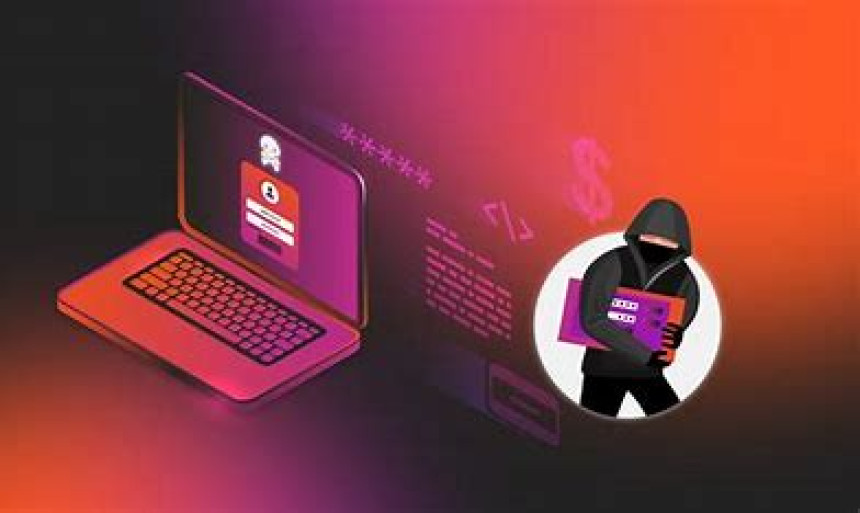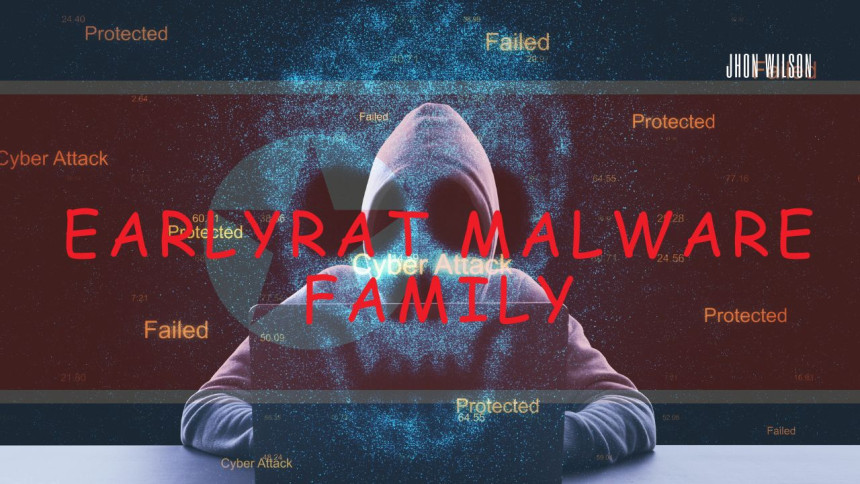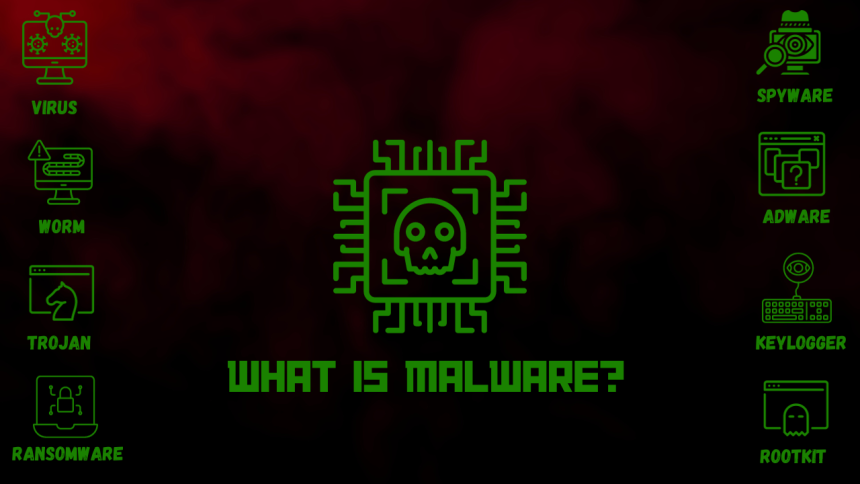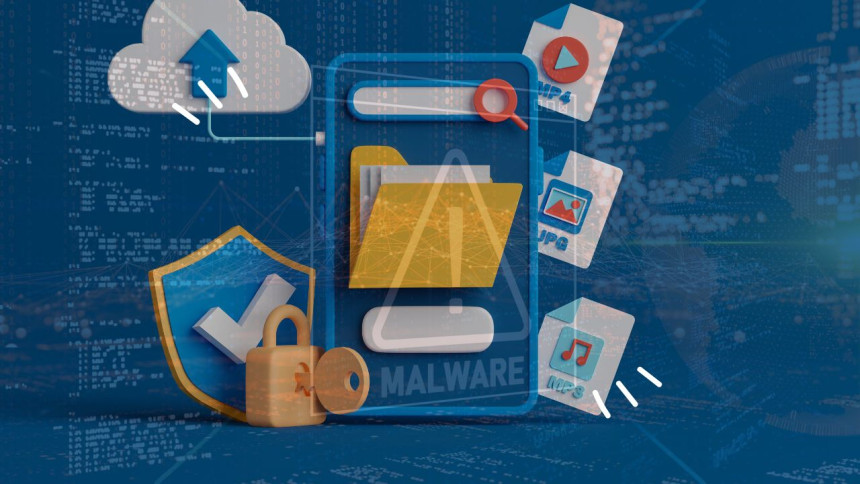
What Is Stealer
In this artcile i will explain you what is stealer its features, history and how a stealer works
What is stealer
A stealer is a type of malware that gathers information from a system. It is usually used for one-time operations. Stealers are basically programmed to steal browser data from a victim's computer. They can be programmed for different browsers, but threat actors mainly design them for the most common browsers. They can steal passwords, credit cards, keys, and login details that are stored on the victim's computer browsers. Most attackers design them to also steal different important files like SSH keys and password lists; it's totally dependent on the attacker's mindset. These Stealers can be coded in various languages depend upon the attackers choice.
For example:
C# , Python etc.
Features of stealers
Information Theft: Stealer malware specifically targets sensitive data, including:
Login Credentials: These can be for online accounts such as banking, social media, and email accounts.
Financial Information: Stealers aim to snatch credit card numbers and bank account details.
Personal Information: Names, addresses, and Social Security numbers are also on their hit list.
Discreet Operation: Stealers operate quietly, evading detection by traditional antivirus software. They focus on data exfiltration without raising alarms
Delivery Mechanisms: Stealer malware often arrives via:
Phishing Emails: Crafty emails that lure victims into clicking malicious links or downloading attachments.
Malicious Websites: Infected sites that exploit vulnerabilities.
Compromised Software Downloads: Even seemingly legitimate software can harbor these stealthy threats.
History of Stealers
The journey of the stealer began with Zeus Stealer, targeting primarily banking systems. As numerous banking systems fell victim to this stealer, it became widely known. Essentially, it is an advanced Trojan with its primary focus on acquiring credentials for online banking services, including account numbers, passwords, names, and account balances. Subsequently, when its source code was leaked, many hackers utilized this code to create similar stealers aimed at pilfering information and credentials.
Another infamous stealer known for stealing social media credentials such as Facebook, Yahoo, Gmail, and so forth was named Koobface.
How Stealers work
When stealers are installed on your system, they scan for password credentials, logins, and cookies. Their main targets are browsers, and these stealers steal data and send it to the attacker in a format such as ZIP or any other compatible format. Upon installation, they focus on their target and begin scanning. If they detect anything they are designed to find, they automatically complete their task without needing further instructions from a hacker or attacker. Mostly, stealers are designed for single-time use. In previous times, stealers were not very advanced, but nowadays, they maintain persistence on infected systems, ensuring they remain active even after system reboots or security measures are implemented. This illustrates their advancement.
Whether or not they find anything on the targeted system depends on the luck of the attacker. They establish a connection until they complete their task, after which they discontinue the connection. Nowadays, stealers use Discord and Telegram APIs for data stealing. This sneaky malware communicates covertly with a main control center, akin to a dark command center where stolen information is collected. Despite its simple appearance, it actually performs complex tasks. Victims of such attacks may not even realize they've been compromised because the malware operates so quietly and stealthily.
The Stealthy Efficiency of One-Way Attacks in Stealers
A "one-way attack" in stealers is akin to a swift and targeted sneak attack. Instead of lingering and engaging with the target, the stealer swiftly enters, retrieves the desired information—such as logins, personal data, or cookies—and then exits rapidly.
The objective is to act swiftly and quietly, ensuring the victim remains unaware of the stealer's presence. The goal is to minimize the risk of detection, leaving the targeted individual unaware that their information has been stolen.
Difference between RAT and Stealers:
RAT (Remote Access Trojan):
- What it does: A sophisticated tool enabling hackers to remotely control a compromised computer. They can perform various actions such as taking over the screen, recording keystrokes, or activating the camera and microphone.
- Big Picture: Functions as a versatile tool akin to having a remote control for a computer.
- How Sneaky: Extremely covert, capable of remaining hidden for extended periods, allowing the hacker to maintain control and surveillance over the computer as needed.
- Why: Primarily utilized for spying, monitoring, or retaining control over a compromised system.
Stealers
- What they do: Specialized tools that concentrate on pilfering specific information such as passwords, personal details, or cookies.
- Big Picture: Solely focused on acquiring particular types of information, without aiming to assume full control of the computer.
- How Sneaky: Less covert compared to a RAT, typically executing their tasks swiftly and departing to evade detection.
- Why. Engages in rapid and discreet theft, often for purposes such as identity theft, financial gain, or unauthorized access.
Famous Stealers:
Redline stealer : RedLine: A popular choice among cybercriminals for its adaptability and financial gain potential
Racoon stealer :Known for ease of use and effectiveness. It can steal passwords, logins, and even cryptocurrency wallets.
Vidar stealer:: Another notorious stealer with a penchant for pilfering sensitive data.
Conclusion
These malicious programs are typically coded in different languages and can operate across different operating systems.
Unlike Remote Access Trojans (RATs), stealers focus solely on data theft rather than taking full control of a system. They aim to obtain valuable information quickly and discreetly.
In essence, stealers pose serious risks, enabling identity theft, illegal financial gain, and unauthorized access. Implementing robust cybersecurity measures is crucial to safeguard against these threats and protect sensitive information.





